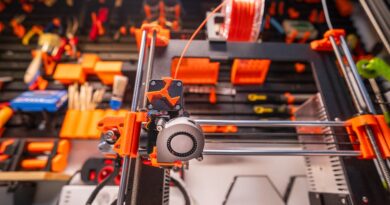Essential Skills for Print Designers
Have you ever picked up a magazine, admired the layout, and wondered how it came to life? Print design is more than just pretty pictures. it’s about communication, creativity, and technical skills. In this article, well explore the essential skills every print designer should master to create stunning designs.
What Makes a Great Print Designer?
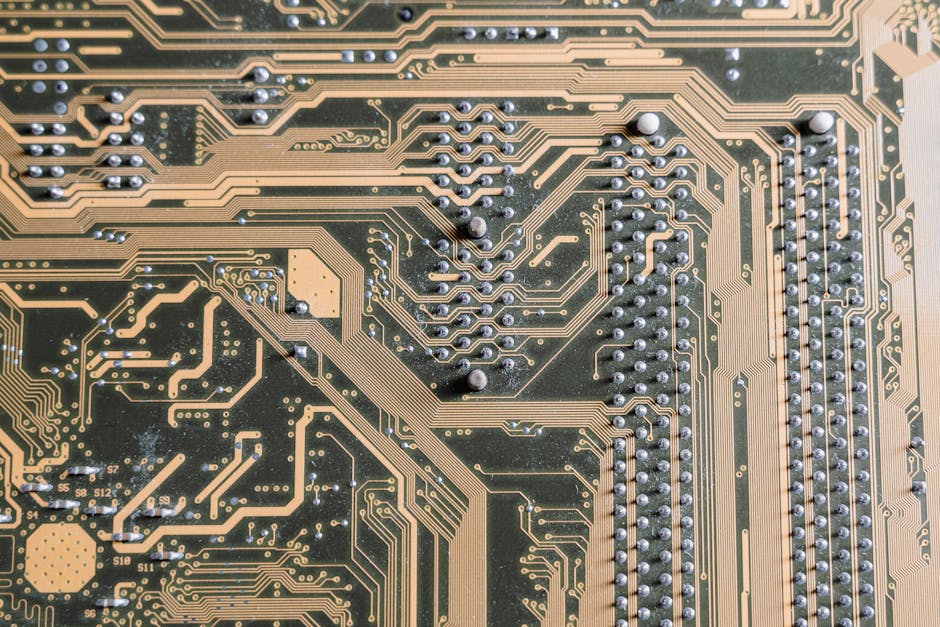
Great print designers share a few common skills. They know how to blend art and technology. They understand the importance of typography, color, and layout. But most importantly, they can communicate ideas clearly. Lets break down these essential skills!
Why is Typography Important?
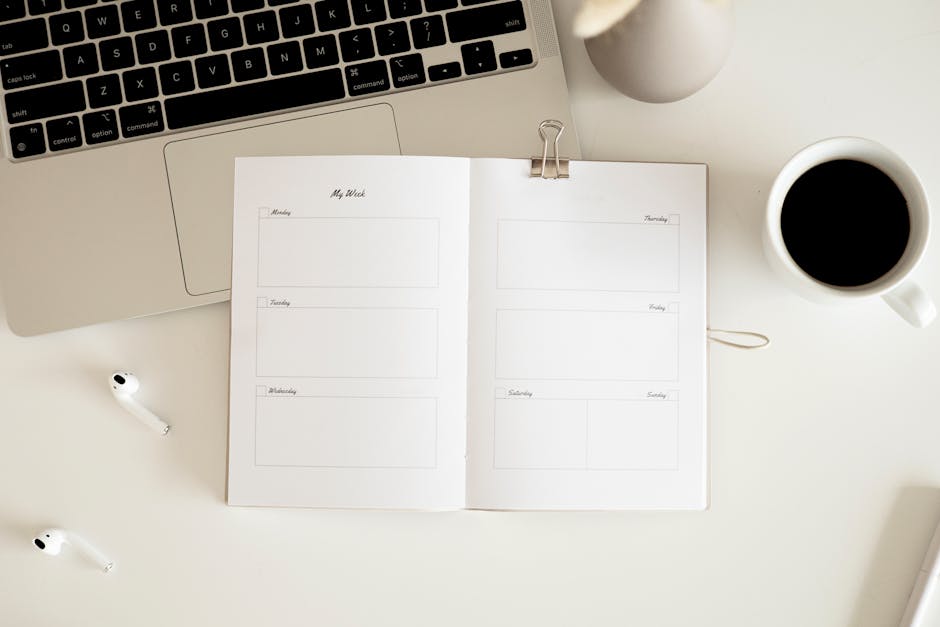
Typography is the art of arranging text. It affects how readers perceive your message. Choosing the right font can bring your design to life. Think of it this way: a joyful font can make a birthday invitation pop, while a sleek font can make a business report look professional.
Heres what to focus on:
- Font Selection: Choose fonts that match your projects tone.
- Hierarchy: Use size and weight to guide the readers eye.
- Readability: Ensure your text is easy to read at all sizes.
Remember, a well-chosen font can speak louder than words!
How Does Color Influence Design?
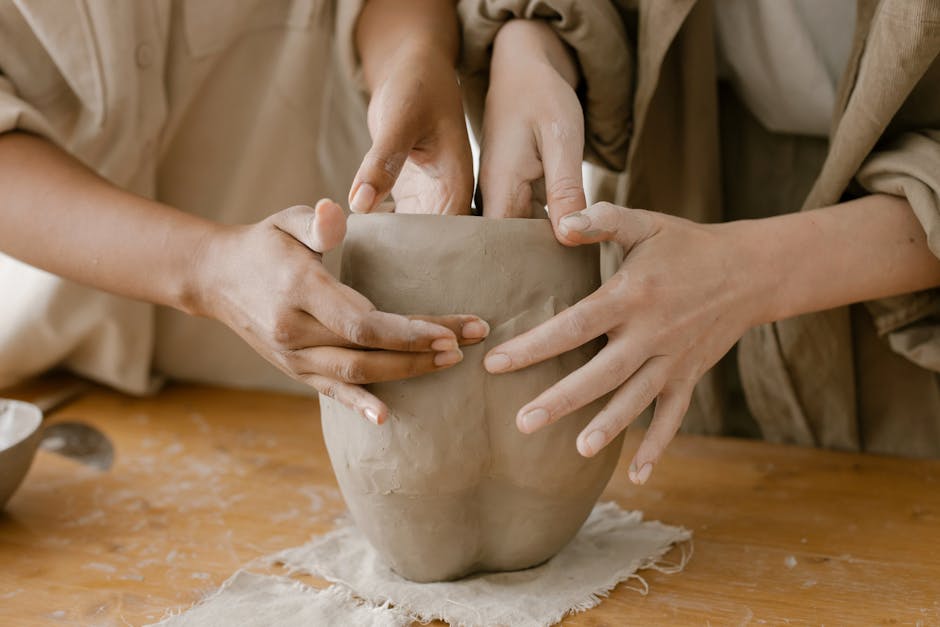
Color is more than just decoration. It can evoke emotions and set the mood. For instance, a warm color palette can make a design feel inviting, while cool colors can create a sense of calm. Understanding color theory is crucial for any print designer.
Key points to consider include:
- Color Psychology: Different colors can trigger emotions.
- Contrast: Use contrasting colors to make elements stand out.
- Consistency: Stick to a color scheme for a cohesive look.
Using color wisely can enhance your message and attract attention.
What Role Does Layout Play in Print Design?
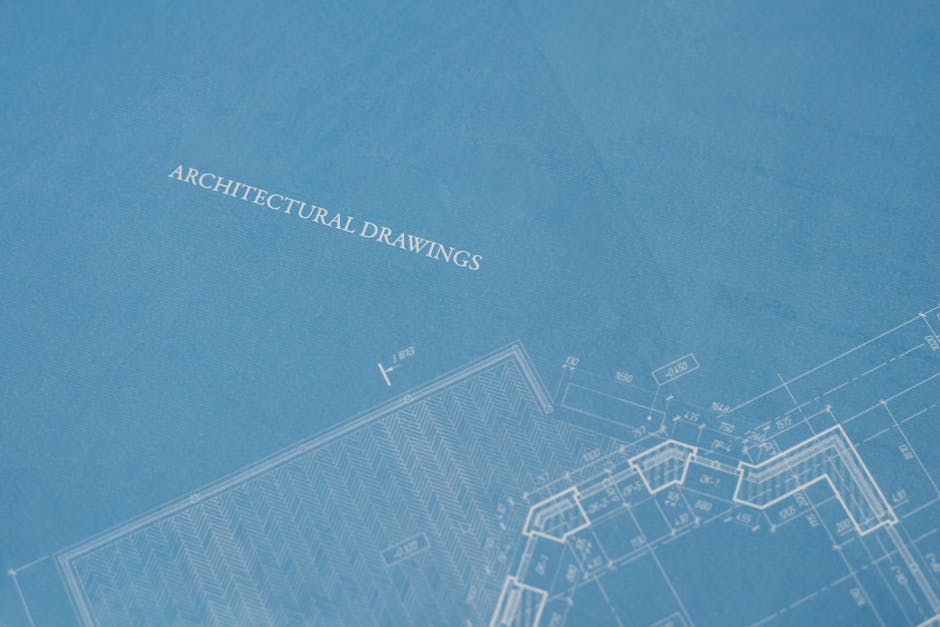
Layout is about arranging elements on a page. A good layout guides the readers journey through your design. It helps to highlight important information and create a flow. Think of a newspaper. The layout helps readers find what interests them quickly.
Here are some layout principles to keep in mind:
- Grid Systems: Use grids to maintain balance and structure.
- White Space: don’t overcrowd your design. White space gives breathing room.
- Visual Hierarchy: Size and placement can signal importance.
Mastering layout skills can make a big difference in your final design.
How Do Print Designers Use Software Tools?
In todays digital age, software is a big part of print design. Programs like Adobe InDesign, Illustrator, and Photoshop are industry standards. They help designers bring their ideas to life, manage files, and prepare for print production.
Essential software skills include:
- File Management: Organize your files for easy access.
- Mastery of Tools: Know how to use various design tools efficiently.
- File Formats: Understand different file types for print.
Being comfortable with these tools allows for greater creativity and efficiency.
What About Attention to Detail?
Attention to detail can set you apart as a print designer. Small errors, like typos or misalignments, can ruin an entire project. A good designer always double-checks their work.
Heres why detail matters:
- Professionalism: Clean and polished designs reflect your skills.
- Brand Consistency: Ensure every piece aligns with brand standards.
- Quality Control: Catch problems before they go to print.
Taking the time to focus on details pays off in the long run.
How Can Print Designers Improve Their Skills?
Improvement comes from practice and learning. Here are some ways to enhance your print design skills:
- Take Courses: Online platforms offer great resources.
- Seek Feedback: don’t be afraid to ask others for their thoughts.
- Stay Inspired: Follow design blogs and social media accounts.
By continually improving, youll stay relevant in the industry.
What Are Common Misconceptions About Print Design?
Many people think print design is simple. They assume it just involves selecting pretty images and fonts. But it’s much deeper than that. Print design requires a strategic approach to communication.
Some common misconceptions include:
- Any software can do the job.
- Design is purely subjective.
- Print design is dead.
In reality, print design remains a vital part of marketing and branding.
Why is Understanding the Print Process Important?
A great print designer understands the production process. This includes paper types, printing methods, and finishing options. Knowing these details can affect your design choices.
Key points to remember:
- Paper Selection: Different papers affect color and texture.
- Printing Techniques: Familiarize yourself with offset, digital, and screen printing.
- Finishing Options: Consider options like lamination or embossing.
Understanding the print process ensures your designs translate well from screen to paper.
How Can You Stay Current in Print Design?
The design world is always changing. Trends evolve, and new techniques emerge. To be a successful print designer, you must keep learning.
Ways to stay current include:
- Participate in Workshops: Hands-on experience is invaluable.
- Join Design Communities: Networking can lead to fresh ideas.
- Follow Industry Leaders: Stay inspired by those at the forefront.
Staying updated helps you maintain a competitive edge.
What Are Actionable Takeaways?
Becoming a successful print designer takes time and practice. Focus on mastering these essential skills:
- Typography: Learn to choose and arrange fonts effectively.
- Color Theory: Understand how colors influence perception.
- Layout Design: Create layouts that guide the viewer.
- Software Proficiency: Get comfortable with industry-standard tools.
- Attention to Detail: Always check your work for errors.
- Knowledge of Printing: Understand the production process.
By honing these skills, youll create clear, engaging, and effective print designs.
Ready to Dive into Print Design?
Now that you know the essential skills for print designers, what’s your next step? Consider taking a course to sharpen your skills or start a personal project. Remember, practice makes perfect!
For more on design skills, check out Creative Bloq. And keep pushing your creative boundaries!

